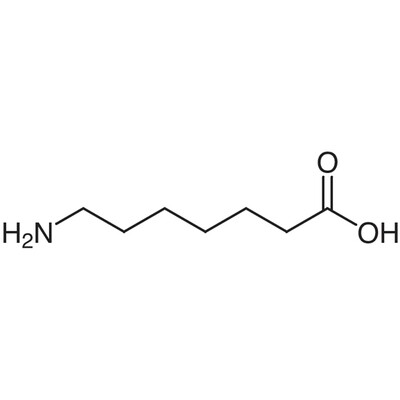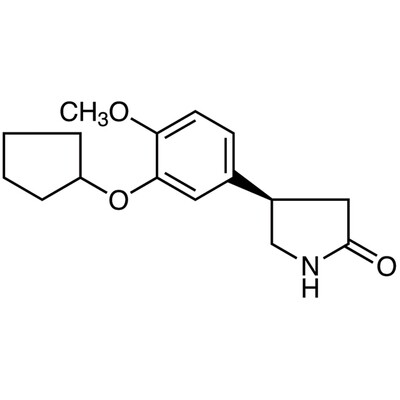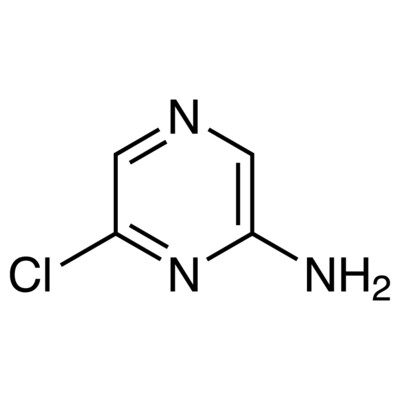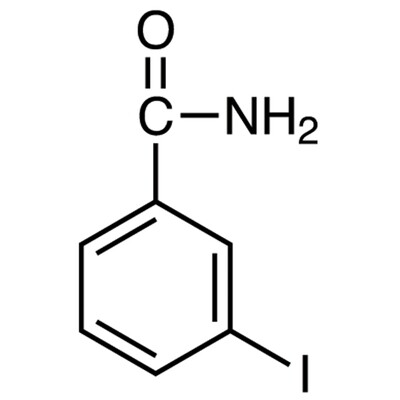Glucógeno, 10 g, plástico.
Glycogen lyophilized, made of oysters
Glycogen type 2.
Long-chain polysaccharide made of glucose. Most frequently used in biochemistry and as “carrier” during precipitation of nucleic acids. Recovery of precipitated DNA is significantly enhanced by addition of 50 µg/ml glycogen; even starting from solutions with very low DNA concentrations, efficient precipitation can be performed.
Contains no nucleic acid and doesn't hinder enzymatic downstream applications.
Glycogen contains a central protein and should not be applied if DNA is to be used in protein binding-assays following precipitation. In these cases we recommend to use our glycogen-free coprecipitants.
Carbohydrates or Saccharides make up 50 % of the dry biomass of the earth and are therefore the most frequent class of biomolecules. Besides at least two hydroxy groups, they also have an aldehyde or a ketone group and can be subdivided according to the number of monomeric components in mono-, di-, oligo and polysaccharides.
Whereas mono-, di- and oligosaccharides are soluble in water, taste sweet and are therefore called as sugar, polysaccharides are hardly, or not at all, soluble in water and have a neutral taste.
Carbohydrates, together with fats and proteins make up a large percentage of nutrition. In addition to their central role as an energy source, they are also an important structural component especially in plants (e.g. Cellulose). Ribose, a monosaccaride with five carbons (C5H10O5) is an essential element of coenzymes (such as ATP, FAD and NAD) and a structural component of RNA. Desoxyribose (a ribose derivative) is a structural component of DNA.
Oligo- and polysaccharides
Oligosaccharides consist of three to nine monosaccharide units.
Polysaccharides are macromolecular substances that consist of ≥10 monosaccharide units. A distinction is made between homoglycans, which are made up of only one type of monosaccharides (e.g. starch) and heteroglycans, which consist of at least two different monomeric components (e.g. xanthan).
| Appearance | bright powder |
| Origin | oysters |
| Solubility (0,25 %, 1 M NaCl) | complies |
| Loss on drying | ≤15 % |
| Specific rotation [α]20D | +170° to 200° |









![3-ISOBUTYL-9,10-DIMETHOXY-3,4,6,7-TETRAHYDRO-1H-PYRIDO[2,1-A]ISOQUINOLIN-2(11BH)-ONE, 97.0%, 250mg 3-ISOBUTYL-9,10-DIMETHOXY-3,4,6,7-TETRAHYDRO-1H-PYRIDO[2,1-A]ISOQUINOLIN-2(11BH)-ONE, 97.0%, 250mg](https://d2j6dbq0eux0bg.cloudfront.net/images/88473019/4861088609.png)


![Ethyl 3,4-dihydro-2H-benzo[b][1,4]oxazine-2-carboxylate, 97.0%, 5g Ethyl 3,4-dihydro-2H-benzo[b][1,4]oxazine-2-carboxylate, 97.0%, 5g](https://d2j6dbq0eux0bg.cloudfront.net/images/88473019/4769843911.png)
